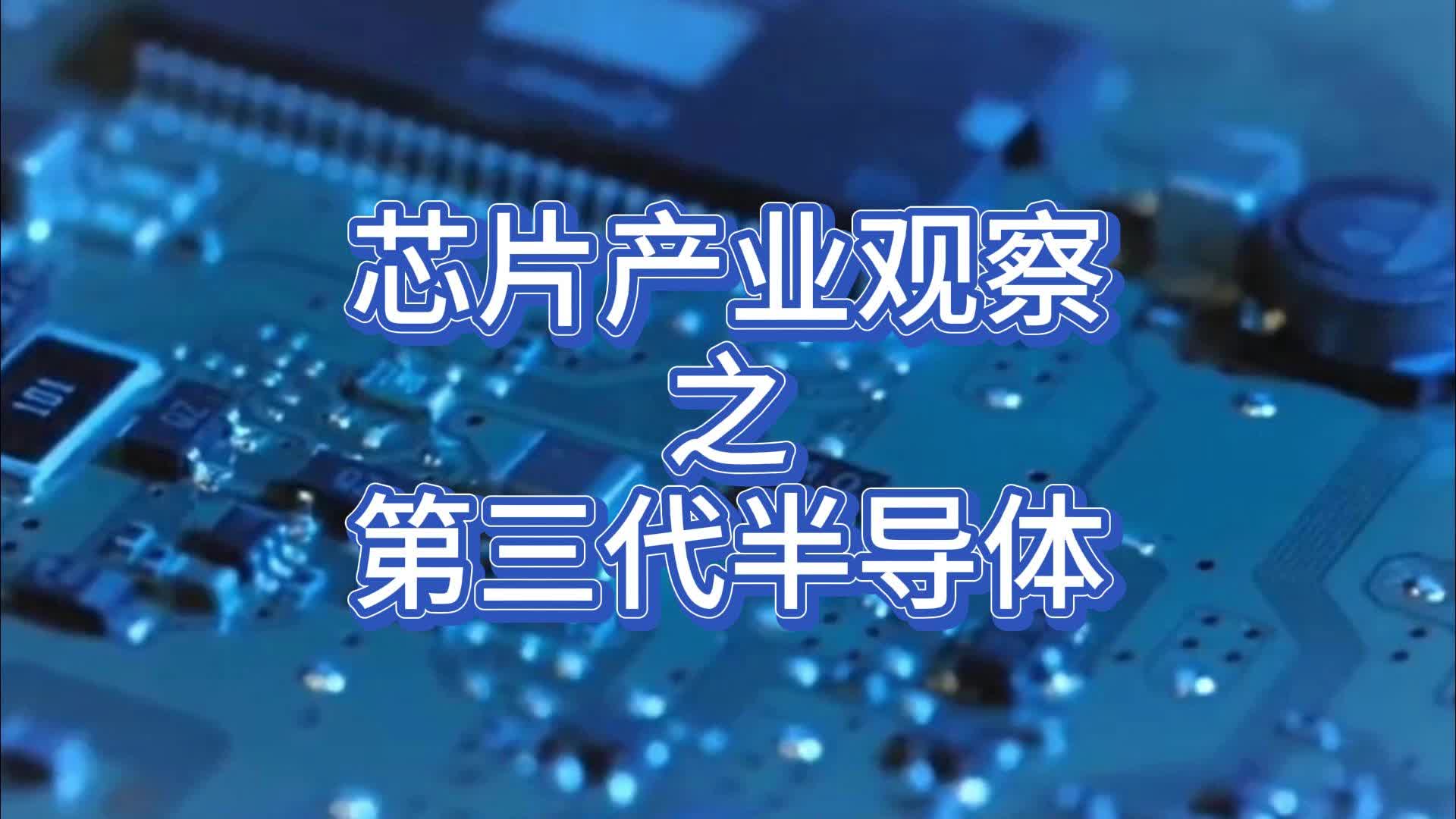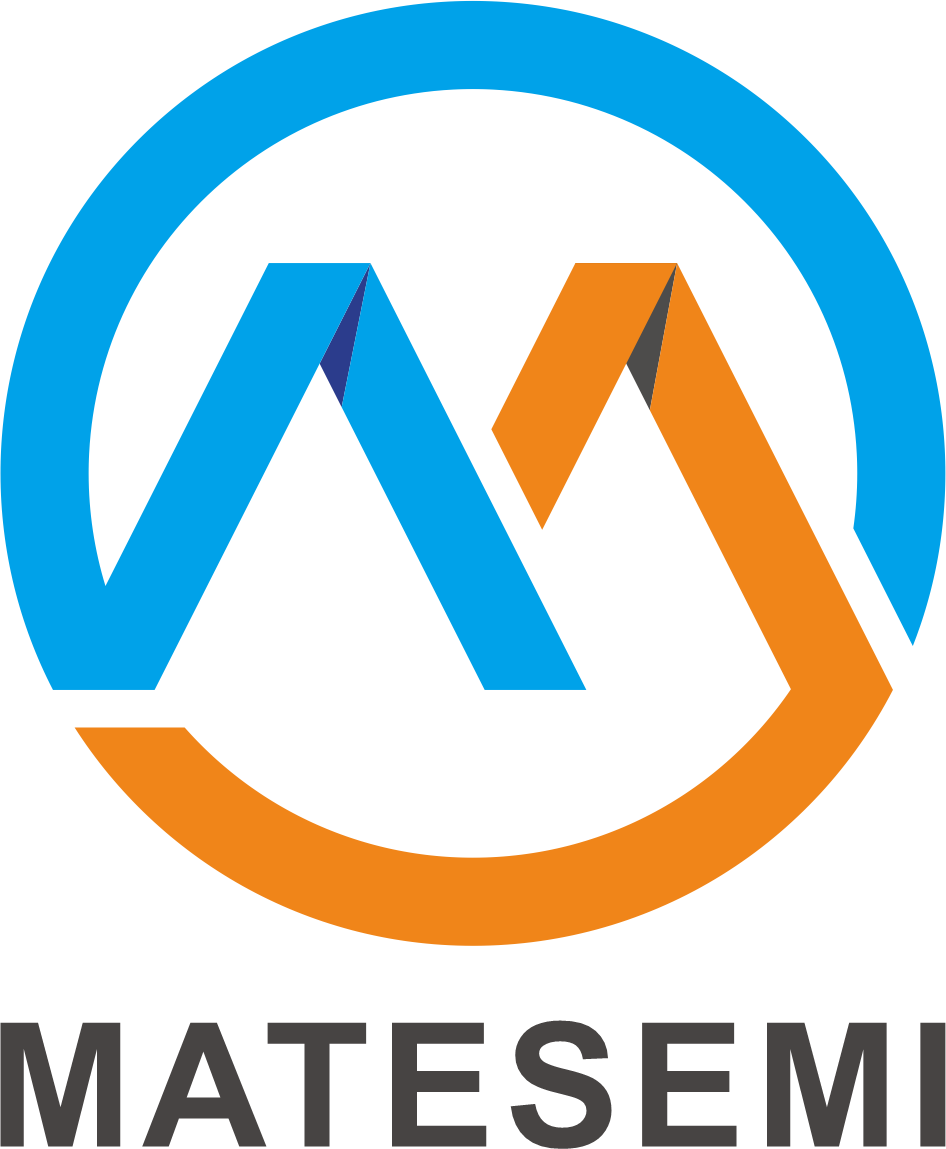The Road to Industrialisation and Application of Third Generation Semiconductor Epitaxial Materials
Time : 2024-03-04
Mobile phone computer fast charging device, new energy vehicle power supply, 5G base station, MicroLED, deep UV LED... These devices are inseparable from gallium nitride epitaxial materials, which also makes the material become the "darling" of the capital market.
According to the forecast of relevant market research institutions, by 2026, the global gallium nitride electronic and optoelectronic materials and devices market size will exceed 42.3 billion US dollars, with an annual compound growth rate of about 13.5%. This means that gallium nitride is expected to become the "sweet cake" of the third-generation semiconductor market.
The team of Professor Shen Bo of the School of Physics of Peking University, with the support of the school, promoted the scientific research achievements of the Wide band Gap Semiconductor Research Center of Peking University to settle in the third generation semiconductor Industrial Park of Shunyi District, and established Beijing Zhongboxin Semiconductor Technology Co., LTD. (hereinafter referred to as Zhongboxin) in the form of technology investment.
Recently, Shen Bo said in an interview with the reporter of the China Science Journal: "The main task of the company in 2024 is to achieve a substantial increase in the sales of gallium nitride epitaxial tablets as soon as possible."

Technology approval
Since entering the 21st century, the third generation semiconductor materials represented by gallium nitride, silicon carbide, gallium oxide and diamond have begun to emerge.
Large band gap width, breakdown electric field strength, low on-resistance, high electron mobility, high conversion efficiency, high thermal conductivity, low loss... These advantages make gallium nitride a third generation semiconductor material that has attracted much attention.
After obtaining his doctoral degree in Japan in 1995, Shen Bo began to engage in the research of gallium nitride epitaxial sheet materials and made outstanding academic achievements. Shen Bo told the Chinese Science Journal: "Our research is to solve the various key scientific and technical problems facing the practical application of gallium nitride semiconductors, which is also the characteristics of our semiconductor physics discipline itself."
"Nitride semiconductor is a kind of wide band gap semiconductor, the main preparation method is epitaxial growth on sapphire, silicon and other heterogeneous substrate materials, the high defect density in epitaxial materials has become a key bottleneck in the development of nitride semiconductor technology." The main research of Shen Bo's team focuses on large mismatch heteroepitaxy, including substrate graphics technology and other fields.
With the nitride semiconductor mismatching heteroepitaxy technology, Shen Bo team won the second prize of the 2018 National Technological Invention Award. The reason for the award is that it invented a new technology of graphic sapphire substrate and a new epitaxy growth method that effectively improves the epitaxy quality, and prepared some of the international leading nitride semiconductor epitaxy materials with quality indexes. The problem of mismatch between substrate and gallium nitride is solved well, and industrial application is realized.
"The technology in the laboratory needs a complex pilot test process to become an enterprise product. Before that, we have been cooperating with enterprises. In 2020, we set up Zhongboxin with the help of the scientific and technological achievements transformation management department of Peking University." Shen Bo introduced, "From the initial 5 people to more than 40 people today, Zhongboxin's technical products have gained more and more recognition."
The product is marketable
Over the years, Shen Bo's team has been working closely with the industry while researching technology, in his eyes, the transfer of technological achievements to enterprises is the transformation of results, and his own participation in entrepreneurship is also the transformation of results, which is more complex than writing a paper.
Shen Bo found that the company has no particular difficulties in the field of technology, to open the market, in addition to high performance, product marketability is more important.
Internal management, product marketing, dealing with society and the government... These are a little difficult for Shen Bo, in his words: "Even university professors have to learn from scratch. Experiments are sometimes done to achieve the target regardless of cost, do the enterprise need to pay attention to quality, pay attention to orders, pay attention to customers, enterprise production needs standardized, repeatable process technology, in order to better adapt to the market situation changes."
"Although we have polished the technical products well in the lab, mass production is more about mature and stable product output, not exactly the bright indicators produced under the high requirements of the lab." Shen Bo told the China Science Journal, "The first step of entrepreneurship is to turn technology into products, the second step is to open the market to complete sales, the third step is to expand the scale to achieve profit, and now BOxin is in the second stage."
It is understood that Zhongboxin already has high temperature MOCVD for LED epitaxy, large-size Si-based GaN epitaxy MOCVD, 4-inch chip wire, and various semiconductor analysis and test equipment, covering all links in the industry chain from epitaxy growth to chip preparation.
"Now, the company has a professional operation management team. In addition to working in the company, I am still engaged in teaching and scientific research at Peking University." At the same time, Shen Bo did not delay the scientific research work.
In June 2023, Shen Bo's team made important progress in the research of large mismatch heteroepitaxy of nitride wide-gap semiconductors - innovated and developed an epitaxy method of "controllable dispersion and controllable polymerization", and the relevant research results were published in Nature Materials, and won the "Top Ten Research Progress in China Semiconductor in 2023". "Thanks to the foundation of early entrepreneurship, these new achievements are also smoothly and quickly put into the company's product development and application promotion," Shen Bo said.
Early capital intervention
Although the establishment of Zhongboxin is not long, it has gained the attention of the capital market at the beginning of its establishment.
Peking University and Beijing Science and Technology Fund to establish the Peking University scientific and technological achievements transformation fund - Yuan Pei Fund is accompanied by the growth of BOxin a patient fund. The fund has a scale of 1.002 billion yuan, which is used to focus on major original innovation projects of Peking University and support original innovation from the laboratory to the market. In 2019, in the process of applying for the transformation of scientific and technological achievements in the school, Shen Bo took the initiative to find the Yuanpei Fund.
"When we focused on third-generation semiconductor materials, we already knew that Shen Bo and the Wide Band Gap Research Center of Peking University led by Shen Bo are one of the strongest teams in the research and development of gallium nitride materials in China." Pan Feng, managing director of Yuanpei Fund, told the China Science Journal that "Shen Bo's team is superior in terms of technical level, investment scale and product leadership, which is also the main consideration for our investment."
Talking about why the capital market is concerned about gallium nitride epitaxy materials, Pan Feng said that at present, the development of gallium nitride epitaxy materials in China is in the early stage of industrial application, and has achieved a more common application in the field of 5G base stations and mobile phone fast charge, and there are broad application prospects in the future in the field of data center power supply, automotive power supply, and new displays.
"In the gallium nitride epitaxy material, the technology of the domestic team has been in the world's leading level, but the market demand has not been fully met, the overall supply is tight, mainly because of the high technical difficulty in the epitaxy material growth process, equipment, process, material understanding and other aspects are new challenges." Pan Feng pointed out that the substrates used in the mainstream gallium nitride epitaxial materials today include silicon substrate and silicon carbide substrate, silicon substrate is cheap, but the product performance is insufficient; The performance of silicon carbide high temperature and high frequency is excellent, but the silicon carbide substrate growth is slow, the size is small, the yield is low, resulting in high cost, and the downstream market is difficult to accept.
Pan Feng believes that the future development opportunities of gallium nitride epitaxy materials enterprises are reflected in three aspects: first, there is a complete process capacity, the ability to face the needs of different downstream industries, the use of silicon, silicon carbide, gallium nitride, sapphire substrate to grow high-quality epitaxy materials; Second, the ability to use low-cost large-size silicon substrates to grow high-quality gallium nitride epitaxial materials; Third, in the field of MOCVD, MBE and other equipment has the ability to develop alternative foreign equipment.


